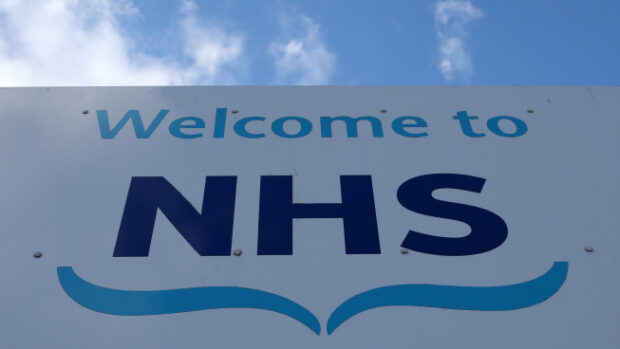
More than 400 cases of the potentially life-threatening Streptococcal infection in Scots children have been reported in the past two weeks, health authorities revealed yesterday.
There have been no reported deaths in Scotland but five children in England and one in Wales have died from bacterial infection caused by the invasive Group A Streptococcal disease.
Group A strep bacteria can cause many different infections, including impetigo, scarlet fever and strep throat, but health chiefs say the vast majority of cases are mild and can be easily treated with antibiotics.
Epidemiologist Dr Jim McMenamin, head of health protection at Public Health Scotland, said: “Over the last couple of weeks we have respectively seen 207 and 230 cases, which is very similar to what we have seen reported in the 2017/18 season but just an awful lot earlier than we might have seen in the past.”
He added that Covid restrictions over the past two years meant many children had not encountered the Streptococcal infections that are now beginning to be reported.
The father of a four-year-old girl on a ventilator with a Strep A infection said yesterday she was fighting for her life.
Camila Rose Burns was given an inhaler and sent home from hospital on November 26 after complaining of chest pain but her condition quickly deteriorated and a day later she was admitted to Liverpool’s Alder Hey Children’s Hospital. Her dad, Dean, said: “It’s heartbreaking. They put her to sleep and she’s been on a ventilator ever since, keeping her alive. It’s the worst thing that can ever happen to anybody.”
Professor Beate Kampmann, a paediatrician, said there had been three times as much scarlet fever this year than was seen pre-pandemic.
“It starts off with a high fever, very sore throat and very red tongue, which has this sort of papillae – eventually developing a rash which feels a bit like sandpaper,” she told Radio 4 yesterday. “The rash starts in the elbows and behind the neck. It tends to then peel after about 10 days because the disease is caused by a toxin that is produced by this bacterium.”
Virologist Dr Chris Smith said the rise in Strep A infections could be due to a drop in immunity following the pandemic. He told the BBC: “What has changed is that younger people have been through three years, almost, of relative isolation from each other.
“They haven’t caught the normal infections at the normal rates and at the normal times that children of that age bracket would have done. So, we wonder whether it is that we are seeing a big rash of cases all at once.”
Devi Sridhar, professor of public health at Edinburgh University and a Scottish Government adviser, said on Twitter: “Being closely monitored – no clear reason emerging yet and I’d prefer not to guess. We need data and expert analysis of this data before pointing to why this is happening and how best to manage the response.”
The UK Health Security Agency (UKHSA) said the number of cases this year was higher than usual due to high amounts of circulating bacteria and social mixing. Dr Colin Brown, UKHSA deputy director, said: “We are seeing a higher number of cases of Group A strep this year than usual. The bacteria usually causes a mild infection producing sore throats or scarlet fever that can be easily treated with antibiotics.
“In very rare circumstances this bacteria can get into the bloodstream and cause serious illness called invasive Group A strep. This is still uncommon. However, it is important parents are on the lookout for symptoms and see a doctor as quickly as possible so their child can be treated and we can stop the infection becoming serious.”
He told parents to speak to a doctor if their child was feeding or eating much less than normal, had a dry nappy for 12 hours or more, or showed other signs of dehydration. They should also seek help if their baby is under three months and has a temperature of 38˚C, or is older than three months and has a temperature of 39˚C or higher. Other red flags are if the child is very tired or irritable.

Enjoy the convenience of having The Sunday Post delivered as a digital ePaper straight to your smartphone, tablet or computer.
Subscribe for only £5.49 a month and enjoy all the benefits of the printed paper as a digital replica.
Subscribe